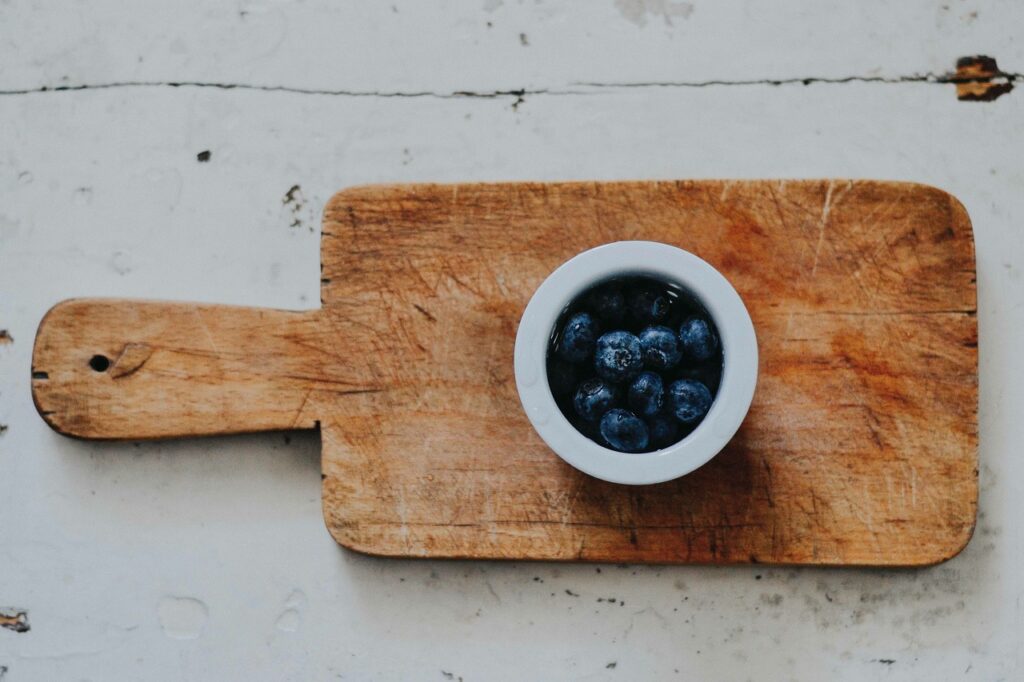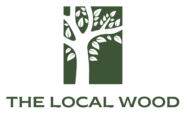
How to Fix a Warped Cutting Board?
When it comes to the arsenal of kitchen tools, a trusty cutting board stands as a stalwart soldier, the unsung hero of food preparation. It’s the silent partner to the chef, bearing the brunt of sharp blades and quick, decisive chops. However, despite its durability, even the sturdiest of cutting boards can succumb to a common ailment: warping. If you’re a home cook, a DIY enthusiast, or simply someone who values the sanctity of your kitchen, learning how to fix a warped cutting board is an indispensable skill.
In the following guide, you’ll dive deep into the reasons behind cutting board warping, identify telltale signs, understand the severity, and, most importantly, learn the step-by-step methods to revive your loyal kitchen companion.
Understanding Warped Cutting Boards
Before we get into the nitty-gritty of resurrecting your cutting board, it’s crucial to discuss the nuances of what exactly is going on with this kitchen staple when it warps.
Common Causes of Warping
The first step in subverting a warped cutting board is to understand why it happens in the first place. The most common culprit is moisture. When a board absorbs moisture unevenly, it swells in some areas and not in others, causing stress on the structure and leading to warping.
Another cause can be exposure to heat. Placing a hot pot or pan directly onto a wooden board can result in localized expansion due to the rapid temperature change, leading to a warped surface.
Signs of a Warped Cutting Board
A cutting board can warp in various ways. You might notice a slight bowing or lifting at the ends. There could be a dip or ridge running across the surface, or perhaps one corner seems to be lifting off the counter. These visual cues indicate that the board’s structure has been compromised, and immediate action is necessary to restore it to its flat, stable form.
Assessing the Severity of Warping
Is your cutting board a fixer-upper or a lost cause? Not all warps are created equal, and some can be more challenging to remedy than others.
Visual Inspection
The most obvious way to assess warping is to look at the board from eye level. Does it lie flat against the counter, or do you see gaps and unevenness? A critical eye will help you gauge the extent of the warping.
Checking for Stability
Next, place the board on a flat surface and give it a gentle press. Does it wobble or rock? Stability issues indicate severe warping that demand immediate attention. An unstable cutting board can not only harm your knives with uneven pressure but is also a safety hazard during food preparation.
Methods to Fix a Warped Cutting Board
Now, let’s tackle the part you’ve been waiting for – how to actually fix a warped cutting board. There are several DIY methods at your disposal, each with its own set of advantages and considerations.
Moisture Method
If the cause of warping is uneven moisture content, this method uses moisture to your advantage to re-balance the board’s structure.
Soaking and Drying
Begin by soaking the board in a shallow water bath. Ensure that the entire board is submerged and leave it to soak for an extended period—overnight is typically sufficient.
Next, thoroughly dry the board. Place it standing on its side to allow air circulation. This step is vital to prevent the growth of mold and mildew and the reabsorption of moisture.
Applying Weight or Pressure
Once dry, sandwich the board between two flat, heavy objects. This applies pressure evenly across the board, helping to flatten it. Weights can be anything from heavy books to cast-iron pans. Leave the board under pressure for at least a day or until you observe a significant improvement in the warping.
Heat Method
Using heat to relax the fibers in the direction of the warp is an effective technique for minor warping due to heat exposure.
Using a Heat Source to Relax the Fibers
Begin by identifying the direction towards which the wood needs to be coaxed. A heat gun or hairdryer set on high can be used to warm the offending side of the board. Be cautious not to overheat, which can scorch or char the wood.
Next, immediately place the board under pressure or weight, so the relaxed fibers set in the position you desire. This can often be achieved through a combination of clamps and flat surfaces exerting pressure horizontally.
Combination Method
In the case of a stubborn warp, you may need to combine both moisture and heat methods to tackle the issue from all angles.
Combining Moisture and Heat Techniques
This method begins with applying heat to loosen the fibers, followed by a water soak to relax and reposition them. Be particularly careful with this method, as it involves alternating between two processes that have the potential to damage the board.
Preventing Future Warping
Congratulations, your cutting board is now flat and ready for years of continued service. But how can you ensure this doesn’t happen again?
Proper Maintenance and Care Tips
The key to a happy, unwarped cutting board lies in everyday care. Regular oiling with a food-grade mineral oil prevents the wood from drying out and becoming too eager to absorb water. Always clean your cutting board immediately after use and avoid immersing it in water or placing it in the dishwasher.
Choosing the Right Cutting Board Material
Different materials have different susceptibilities to warping. If durability is your chief concern, consider a board made of plastic or composite materials. They are relatively impervious to moisture and more resistant to warping.
Conclusion: Saving Your Cutting Board and Your Kitchen
By following these detailed methods, you can rescue your cutting board from the brink of disrepair without having to outsource the job to a professional. Remember, a warped cutting board not only hinders your food preparation but can also pose safety risks in the kitchen.
In embracing the DIY journey to fix a warped cutting board, you’re not only prolonging the life of a well-loved kitchen tool but also gaining a deeper understanding of how to care for and maintain your kitchen essentials. It’s a skill that transcends this single task and empowers you to tackle similar challenges in the future.
Your cutting board is ready for duty once again, and your kitchen is whole. Happy cooking!
